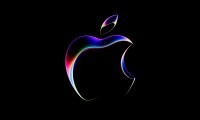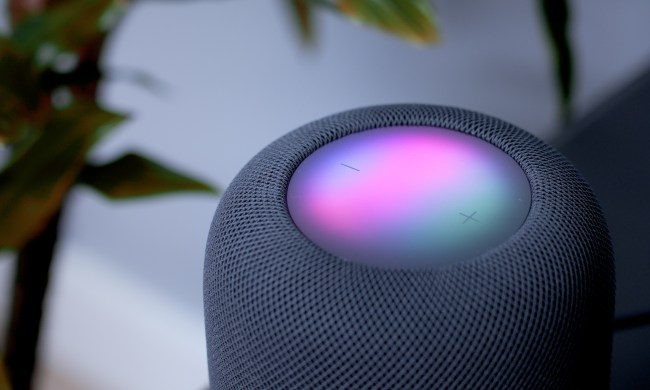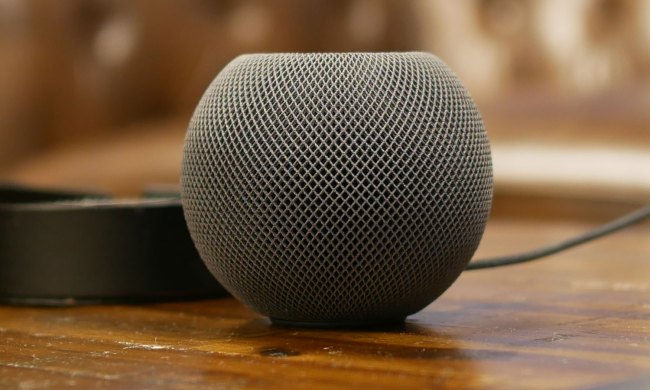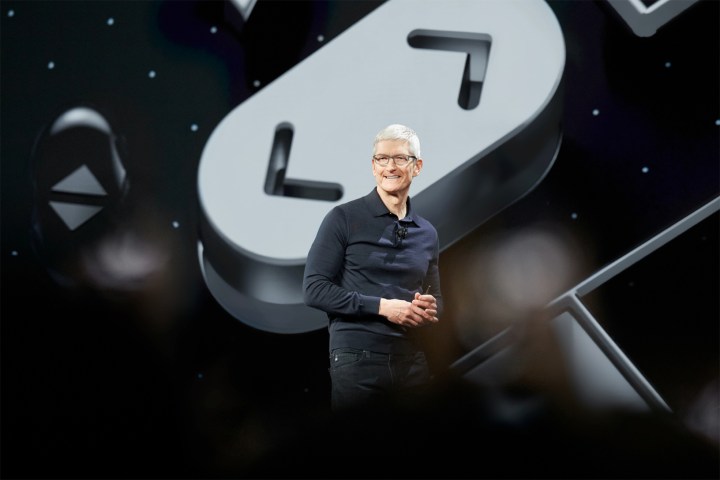
I keep waiting for it, but it never comes.
Waiting for Apple to embarrass Google and Amazon with a product that shows how a smart home should really work. Like it once did with the iPhone. And the iPad. And AirPods. The list goes on.
I’m waiting for Apple to give us more than a HomePod speaker, which has such limited functionality that it can barely be called “smart,” and HomeKit, which requires smart home manufacturers to jump through hoops just to earn the right to interact with the platform.
Apple appears to be flopping around aimlessly in the smart home space.
It didn’t happen at CES 2018, where Google and to a lesser degree, Amazon, ruled the smart home stage with hordes of companies jumping onto their platforms. So I put my hope into Apple’s WorldWide Developers Conference this week. A HomePod mini speaker, maybe? More HomeKit device compatibility or functionality? More HomePod capabilities? Let’s hear it!
But I was wrong. We got just a dribble of news: Siri now has a Shortcuts feature that also works on the HomePod, and macOS Mojave will feature a Home app that will allow you to control your HomeKit enabled devices on your Mac computer. Both announcements were side notes sandwiched into larger presentations on projects Apple actually cares about.

And let’s be honest: Those two tidbits of news aren’t even close enough to compete with Amazon Alexa and Google Assistant in the near future. Case in point: Google Home speakers now work with more than 5,000 smart home devices – up from around 1,000 just a year ago. HomeKit works with about 250.
Since it became available in March, the $349 Apple HomePod has remained a distant third in sales to both Amazon and Google. The list of things it still doesn’t do, like recognize multiple users’ voices or make phone calls, is troubling. Meanwhile, Amazon Alexa has more than 30,000 skills and counting, and integration with other products is becoming so commonplace that Digital Trends barely reports Alexa integration anymore.
Apple, where are you?
It’s true that in the past, Apple has shown up late to the party, pulling off a well-timed entry with the perfected product everyone was dreaming of all along. I thought that the Siri-enabled HomePod would be that late party-goer, arriving to get the festivities re-started, so to speak, with a slick look and outstanding capabilities. And it’s true that the HomePod is a fantastic-sounding speaker.
The $349 Apple HomePod has remained a distant third in sales to both Amazon and Google.
But there are so many flaws with the HomePod (until May, it didn’t even allow multi-room audio) that Apple appears to be flopping around aimlessly in the smart home space. It makes me wonder whether Apple has any tricks in its smart home bag — or if it even has a smart home bag at all. Is Apple not putting anything forward because it’s waiting to be late to that party, or because it has nothing to show? I’m beginning to think it’s the latter.
With hardly a mention of the smart home in a two-hour-plus keynote speech at WWDC 2018 this week, I’m starting to become alarmed. Is this really all that Apple’s got? If so, then Apple’s silence on the smart home space speaks volumes, and those who have bought into HomeKit and Siri technology are going to continue to be disappointed, to put it mildly.
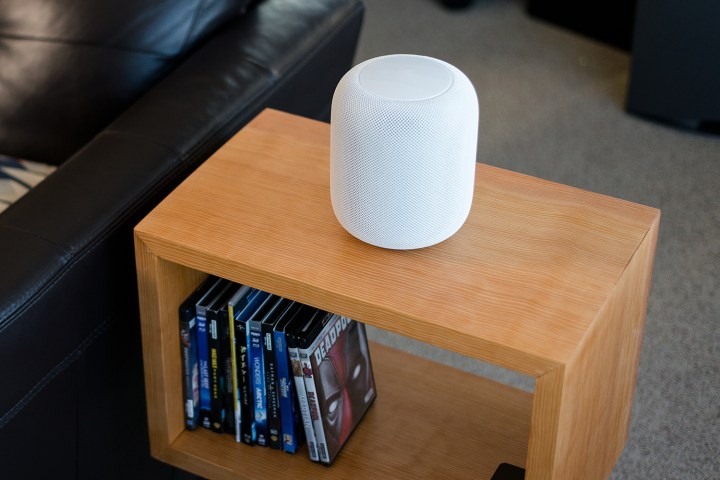
In order for Apple to step it up and compete in the smart home market, it needs to do a few things, and do them fast:
- Create a cheaper speaker. Why would anyone pay $349 for a barely functioning smart speaker? Sure, it sounds great, but so does the $199 Sonos One, which is also an Alexa smart speaker. And with offerings from Amazon (the Echo Dot) and Google (Google Home Mini) starting at $49, the choice is obvious for anyone seeking a smart speaker without great sound.
- Open up the platform. Requiring companies to jump through hoops to integrate HomeKit compatibility is slowing things to a halt — for everyone. If Apple were to loosen the strict requirements and play nicely with others, they could gain a foothold in the smart home space quickly.
- Consider bringing Siri to a third-party speaker, like Amazon and Google have. I doubt this will ever come about, though, given Apple’s historically affinity for keeping everything Apple in the family.
- Play nice with Spotify, Pandora, and all platforms outside of Apple. While Apple’s inability to share has worked well in the past, it’s a new world of IoT devices these days, and at the heart of it is streaming music. Apple need to get with it in order to swim, rather than sink.
These are admittedly tall orders for the tech giant, but without quick action or some other amazing product or feature announcement really soon, I doubt Apple will ever be able to catch up to Amazon and Google.
I’ll keep waiting, just in case, but the latest announcement won’t have me holding my breath.
